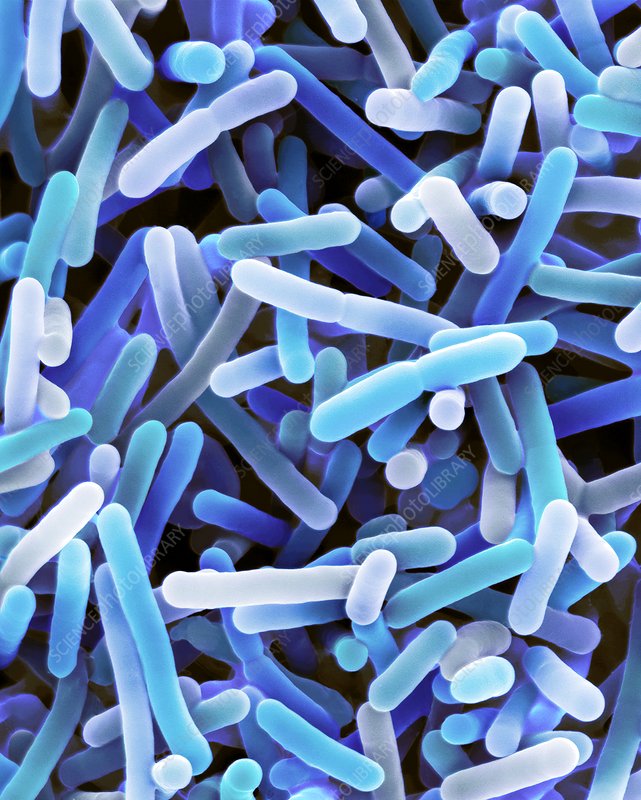Non-alcoholic fatty liver disease (NAFLD) is the most common chronic liver condition worldwide. Recent studies have highlighted a link between NAFLD development and gut microbiota dysbiosis. Probiotics have been proposed as a therapeutic strategy to restore a healthy gut ecology. This study investigates and compares the effects of two probiotics, Akkermansia muciniphila (A. muciniphila) and VSL#3, on NAFLD in mice.
Methods
NAFLD was induced in mice using a methionine choline-deficient (MCD) diet. Probiotic treatments were administered orally. Liver function tests, histological staining, and quantitative PCR (qPCR) were performed to assess liver health. The gut microbiota and liver metabolome were analyzed using 16S rDNA gene sequencing and mass spectrometry (LC-MS/MS).
Key Findings
Reduction in Hepatic Fat Content:
- Both A. muciniphila and VSL#3 significantly reduced hepatic fat content in NAFLD mice.
- A. muciniphila showed superior efficacy in reducing liver lipid accumulation compared to VSL#3.
Gut Microbiota Restoration:
- Probiotic treatments restored the β diversity of the gut flora.
- A. muciniphila reduced the abundance of pathogenic bacteria such as Ileibacterium valens.
Metabolic Changes:
- Probiotics altered the metabolism in MCD mice, particularly affecting glycerophospholipid metabolism.
- Both probiotics improved liver function, reduced hepatic inflammation, and lipid accumulation.
Improvement in Intestinal Barrier Function:
- VSL#3 was more effective in enhancing the intestinal barrier function compared to A. muciniphila.
Gut Microbiota Composition:
- Probiotics increased the abundance of beneficial bacteria and decreased the presence of harmful bacteria in the gut.
Metabolomic Profiles:
- Administration of probiotics led to distinct changes in the metabolic profiles of NAFLD mice.
- Glycerophospholipids, including phosphatidylcholine (PC) and phosphatidylethanolamine (PE), were notably reduced after probiotic treatment.
KEGG Enrichment Analysis:
- In the A. muciniphila group, differentially enriched pathways included autophagy, regulation of lipolysis in adipocytes, and fat digestion and absorption.
- In the VSL#3 group, pathways such as retrograde endocannabinoid signaling, autophagy, and glycerophospholipid metabolism were enriched.
Correlation Analysis:
- Spearman’s correlation analysis indicated a significant relationship between certain intestinal flora and glycerophospholipid metabolism.
Both A. muciniphila and VSL#3 alleviated liver damage and improved liver function in NAFLD mice by remodeling the gut microbiota and regulating lipid metabolism. A. muciniphila was more effective in reducing lipid accumulation, whereas VSL#3 better enhanced intestinal barrier function. These findings suggest that oral probiotics could be a viable therapeutic option for NAFLD, highlighting the need for further clinical investigations to confirm these results.
Link to the study : https://tinyurl.com/4tcav5hb
